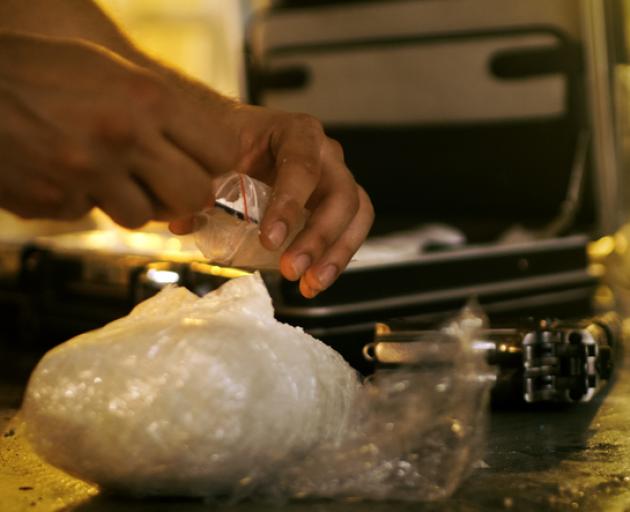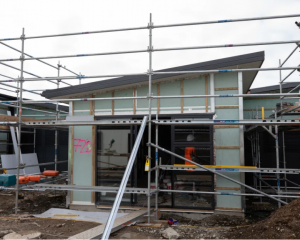
Police wastewater figures show use more than doubled between July and September 2021, and has stayed well above the historical average right through to January 2022, the most recent available figures showed.
A social worker believes the drug is far more entrenched in society now than it was before Covid-19 and that it is not uncommon for children to be using it - some as young as eight and nine years old.
A researcher is worried some people who tried it out of sheer boredom during lockdown are now hooked and continuing to use the drug.

For many, he said, lockdown was some combination of a stressful, isolating or otherwise difficult time. Those pressures inevitably led to some using meth more than they previously would have, or some to start using for the first time.
"Whānau were looking for some type of freedom, or something that would allow them to let things go, get rid of their stress, give them some relief," Kaipo said.
He has seen meth use increase in the last couple of years.
"It's starting to creep into all families, from the parents to young methamphetamine users at age of eight or nine. They're getting younger," he said.
He was asked if seeing eight- or nine-year-olds using meth was uncommon.
"No, it might have been a few years back but it's not an uncommon thing now."
Kaipo said gangs and syndicates were increasingly "opportunistic" in their approach to dealing the drug - at times handing it out for free to try get people hooked and become customers.
"I think it's entrenched in our society now ... there's quite a lot around."

"Northland, the central North Island, actually all the upper half of the North Island has very high levels of methamphetamine compared to the South Island which is much lower. There are some real stark differences," said Dr Chris Wilkins, a drug policy researcher at Massey University.
Wastewater figures show the three highest per capita use regions for methamphetamine - Northland, Waikato and Eastern - are the three lowest for the second most commonly detected drug, MDMA. And vice versa - the three highest MDMA regions per capita - Canterbury, Southern and Wellington - are the three lowest meth users per capita.
In places like Kaitata, Huntly and Ōpōtiki, meth detection makes up 97 to 100 percent of all drug detections. In Christchurch, Dunedin and Queenstown, MDMA makes up half or more of the detections.
Dr Wilkins said methamphetamine use is a symptom of poverty and lack of opportunity, but it is also a driver of poverty and poor outcomes.
Some people probably started smoking the drug simply due to the boredom of lockdowns, he said.
There are some neurochemical similarities with drugs and the boom in online shopping seen during lockdown - an accessible hit of dopamine which breaks the monotony.
"Drug use can be like that as well, looking for something to look forward to."
He worried some lockdown users might now be ongoing users.
"I think this could be a really serious driver of even more methamphetamine use in New Zealand as people become adapted to that lifestyle and get used to using methamphetamine," Dr Wilkins said.
Police data showed methamphetamine use more than doubled between July and September, after the country went into lockdown.
Although use dropped as restrictions eased, meth use has stayed above recent monthly averages.
It also described meth use in September 2021 as "exceptionally high" and a "significant increase".
Kaipo said it was pretty clear that meth contributed to violent offending.
He said if it was being used more, it would have a hand in an increasing amount of violence, and likely deaths.













